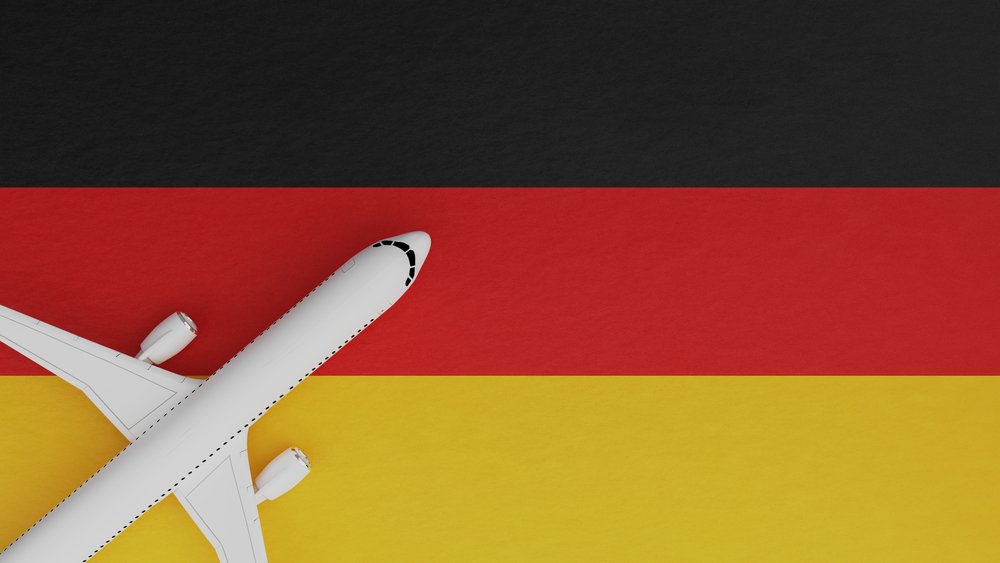
The Ministry of Health of Germany has updated its list of high risk areas. From December 12th, 2021, five countries will no longer be considered high risk areas. These countries are Mongolia, Armenia, Iran, Romania, and the Philippines.
To consider an area as a high risk area, the German government takes into account the COVID-19 infection rates, COVID-related hospitalization rates, and positivity rates in proportion to the number of tests performed in the area.
Because reliable data from Iran, Mongolia, Armenia, Romania, and the Philippines indicate that these territories do not have more than 100 cases of COVID-19 per 100,000 inhabitants, they were all excluded from the list of high risk areas in the last assessment by Germany’s Ministry of Health.
Consequently, the list of high risk areas currently includes the following countries:
- Albania
- Austria (except for the municipality of Mittelberg and Jungholz and Rißtal in the municipal area of Vomp and Eben am Achensee)
- Barbados
- Belarus
- Belgium
- Belize
- Bosnia and Herzegovina
- Bulgaria
- Burundi
- Cameroon
- Congo
- Croatia
- Czech Republic
- Dominica
- Egypt
- Estonia
- Ethiopia
- Georgia
- Greece
- Haiti
- Hungary
- Ireland
- Jordan
- Laos
- Latvia
- Libya
- Liechtenstein
- Lithuania
- Malaysia
- Mauritius
- Mexico
- Moldova
- Montenegro
- Netherlands (including the overseas territories of Bonaire, Saba, and Sint Eustatius)
- North Macedonia
- Papua New Guinea
- Poland
- Russian Federation
- Serbia
- Seychelles
- Slovakia
- Slovenia
- South Korea
- Sudan
- Switzerland
- Syria
- Tajikistan
- Tanzania
- Trinidad and Tobago
- Turkey
- Turkmenistan
- Ukraine
- United Kingdom of Great Britain and Northern Ireland (including all British Overseas Territories, Isle of Man, and the Channel Islands)
- Venezuela
- Vietnam
- Yemen
Jordan, Liechtenstein, Mauritius, Poland, and Switzerland were added to the list on December 5th, 2021, after the previous evaluation by Germany’s Ministry of Health.
South Africa, Botswana, Eswatini, Lesotho, Malawi, Namibia, Zimbabwe, and Mozambique continue to be considered areas of variants of concern due to the focus of infection of the Omicron variant discovered in southern Africa by the end of November.
A 14-day long travel quarantine is mandatory for people coming to Germany from these areas, even if they’re fully vaccinated.
Instead, those who are coming from a high risk area can shorten their 10-day long travel quarantine if they can exhibit proof of vaccination or a recovery certificate, or if they take a COVID-19 diagnostic test on the fifth day.
Additionally, all travelers must provide a digital registration of entry. Health control personnel may ask for this documentation, negative tests, vaccination certificates, etc., at the German borders.
It’s important to note that on December 15th, 2021, the German government announced that people who received triple vaccination may be exempt from additional tests depending on the occasion. The reason for this is that people with a booster dose of a COVID-19 vaccine are less likely to catch the infection and if they do, they have fewer chances of spreading the virus as they’re less contagious.
Currently, the Federal Ministry of Health of Germany is working hard for German nationals to finish their vaccination schedule and add a booster dose if necessary. For this, it plans to buy 92 million additional COVID-19 vaccine doses shortly. This will require a budget of 2.2 billion euros that the Bundestag Committee has already approved and released.